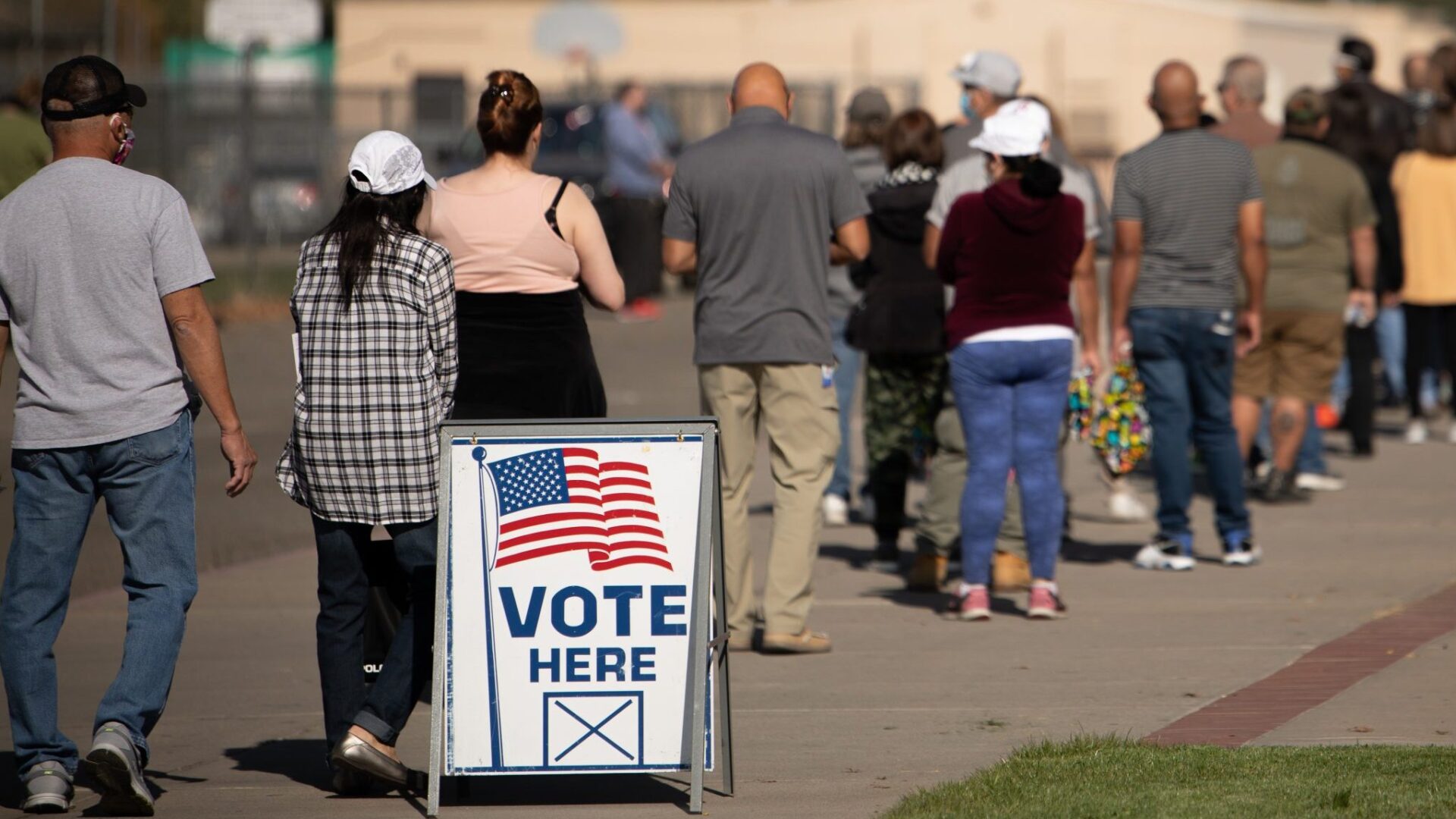The Great Tariff Timeout
In a dramatic shift that sent Wall Street into celebration mode, President Trump announced a 90-day pause on his “reciprocal” tariff plan that was set to impact global trade. The announcement came via Truth Social, where the President stated he had authorized “a substantially lowered Reciprocal Tariff” of 10% for most countries during this period.
This strategic pause applies to most countries, including previous exemptions Mexico and Canada, giving the administration time to develop customized trade agreements with interested nations.
Market Responds with Record Gains
The financial markets responded enthusiastically to this unexpected development. The Dow Jones Industrial Average surged more than 7%, adding approximately 2,500 points in what the President described as potentially “a record” gain.
This dramatic reversal came after markets had initially plunged following the announcement of the tariff plan, demonstrating how deeply trade policy can affect economic sentiment. Think of it as the financial equivalent of hitting the brakes moments before a collision – the relief was palpable across trading floors nationwide.
China Faces Increased Tariffs
While most nations received a reprieve, China found itself facing even steeper duties. Trump increased tariffs on Chinese imports to 125%, citing what he described as a “lack of respect” from Beijing toward global markets. This escalation came after China responded to initial U.S. tariff increases by implementing matching rates on American goods.
The relationship between the world’s two largest economies continues to be a focal point of U.S. trade policy, resembling a high-stakes chess match where each side carefully considers its next move.
The Art of the Trade Deal
Treasury Secretary Scott Bessent provided insight into the administration’s strategy, suggesting the President had created “maximum negotiating leverage” for the United States. According to Bessent, the administration has heard from over 75 countries interested in discussing one-on-one trade agreements.
These negotiations could result in what Trump described as deals that “nobody would have dreamt possible.”
What This Means for American Business
The 90-day pause gives businesses and markets time to adjust while negotiations take place. Prior to the pause, the plan included a new 10% baseline tariff rate for most countries, with higher rates for specific nations, and a 25% tariff on foreign-made vehicles.
Online retailers like Temu and Shein would no longer be exempt from tariffs due to the closing of a trade loophole on de minimis goods. For American businesses, this represents both challenges and opportunities as the global trade landscape continues to evolve.
What Comes Next
With negotiations set to continue until July 8, the administration will be working to create individual agreements with trading partners. Bessent indicated the President plans to be personally involved in these discussions, underscoring the importance of these trade relationships.
As businesses and consumers watch these developments, the coming months will reveal whether these negotiations result in more favorable trade conditions for American interests or further complications in an already complex global market.
Contact us today through our website or WhatsApp to discover how we can help you achieve success in the United States. Together, we can turn dreams into reality.
Information source: nypost.com



